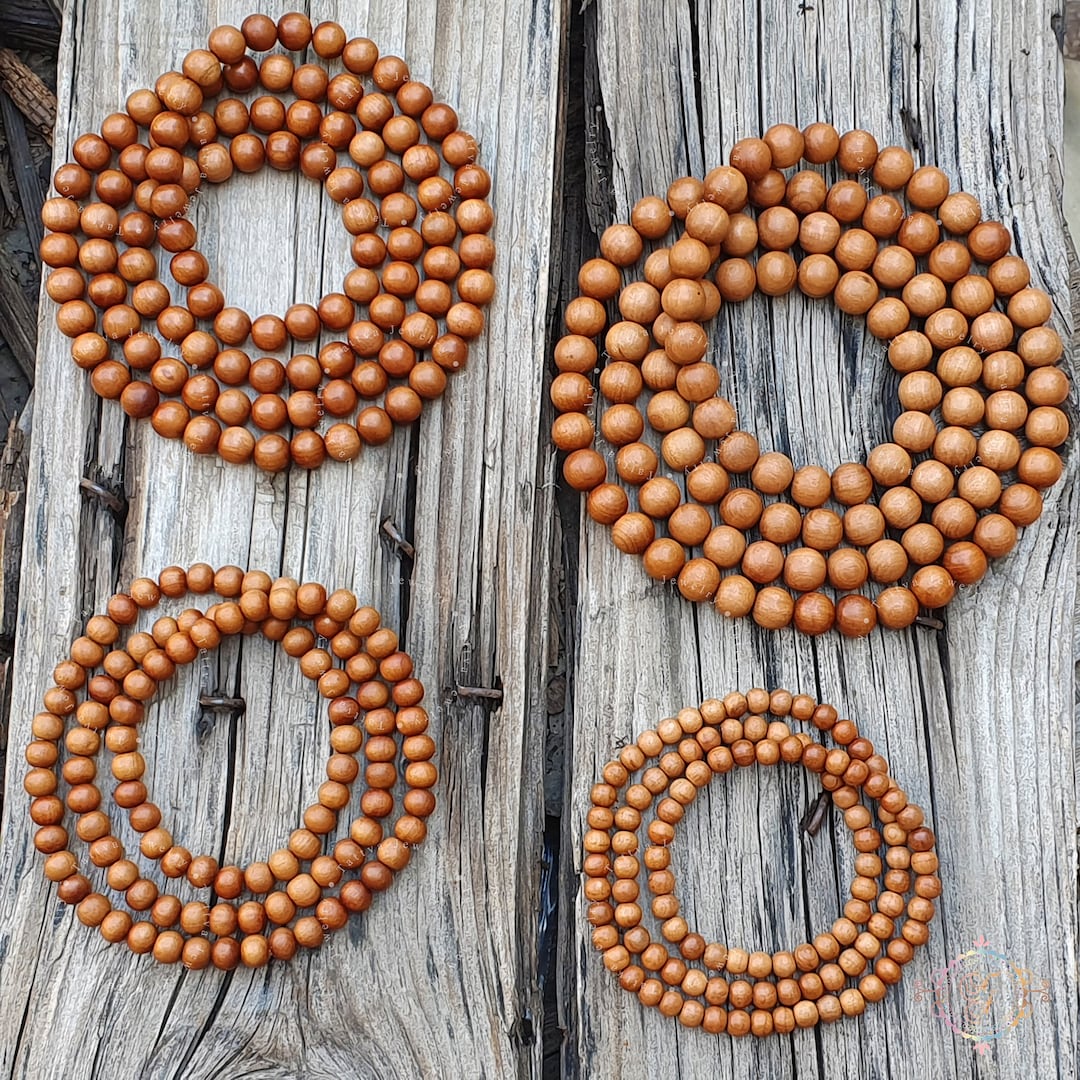Grace in Every Fleck: The Allure of Sandalwood Accessories
Sandalwood accessories has fascinated the hearts and spirits for millennia, celebrated not only for its beautiful appearance but also for its deep heritage significance. The warm, earthy tones and distinct grain patterns of sandalwood create pieces that are not just accessories but also reflections of individuality and artistry. For those who seek a connection to nature and a feeling of calmness, sandalwood offers an appeal that is both timeless and enchanting.
Crafted from the prized wood of the sandalwood tree, these jewelry pieces hold a deep history intertwined with spirituality and tradition. The aromatic scent of sandalwood elevates their appeal, making each item a tactile delight. Regardless of whether worn as zodoristudio.com , bracelet, or earrings, sandalwood jewelry provides an sophisticated touch to any outfit while inviting admiration and curiosity from those around. Its combination of aesthetic and significance makes sandalwood jewelry a valued addition to any collection.
Historical Significance of Sandalwood Jewelry
The fragrant wood has been esteemed for centuries, with its presence in jewelry going back to old civilizations. This spiritual wood has held significant cultural and spiritual significance in different societies, particularly in India and Southeast Asia. Historically, sandalwood jewelry was frequently worn by religious followers and used in rituals, representing purity and spiritual growth. The aromatic properties of sandalwood were believed to enhance meditation and connect the wearer to a higher consciousness.
In parallel to its spiritual associations, sandalwood jewelry has been a status symbol in many cultures. The rarity and value of sandalwood made it a coveted material among the upper classes, who would decorate themselves with elaborately carved pieces that displayed the skill of artisans. Over time, the beauty and richness of sandalwood inspired various artistic expressions, leading to unique designs that captured the spirit of the wood's natural elegance.
Sandalwood continued to hold a prominent place in trade routes, enabling cultural exchanges that spread its influence outside of its native regions. As knowledge and craftsmanship moved across borders, sandalwood jewelry incorporated diverse styles, blending traditions and showcasing the adaptability of this exquisite material. Today, the historical significance of sandalwood jewelry continues to be a testament to its lasting appeal and the deep connections it fosters across cultures.
Craftsmanship and Design Techniques
Creating sandalwood jewelry is an art that requires skill and dedication. Artisans begin with high-quality sandalwood, known for its rich color and detailed grain patterns. The wood is meticulously selected, ensuring that each piece showcases the unique characteristics of the material. Through detailed planning, craftsmen design pieces that not only highlight the natural beauty of the wood but also provide a timeless appeal, making each item a potential heirloom.
The creation process often includes traditional techniques handed down through generations. Hand-carving is a common method, allowing artisans to inject their personality and creativity into each piece. Tools are used with accuracy to sculpt detailed patterns, resulting in jewelry that feels both intimate and unique. Some artisans incorporate complementary materials, such as gemstones or metals, improving the overall design and contrast against the warmth of sandalwood.
Finishing methods play a crucial role in the final appearance and longevity of sandalwood jewelry. Skilled craftsmen apply natural oils and waxes, boosting the wood's natural shine and protecting it from wear. This focus to detail guarantees that every piece not only appears stunning but also retains its beauty over time. The finished products are more than just adornments; they are a tribute of craftsmanship and a testimony to the elegance found in every grain of sandalwood.
Cultural Impact and Modern Trends
Sandalwood jewelry has a deep heritage that echoes across multiple societies, especially in Asia. Traditionally, it has been utilized in religious contexts, symbolizing purity and stability. In the Indian subcontinent, sandalwood beads are often incorporated into prayer necklaces, improving meditation and mindfulness practices. Similarly, in Buddhist cultures, sandalwood is valued for its calming properties, and its aroma is believed to help in creating a peaceful environment for meditation. This profound cultural importance continues to impact the way sandalwood jewelry is viewed today.
In the modern world, sandalwood jewelry has transitioned from its traditional uses to become a fashion statement. With the growing trend of eco-consciousness, many consumers are attracted to sustainable materials, and sandalwood fits this need perfectly. Designers are innovatively reinventing sandalwood products, mixing them with modern styles to attract to a broader audience. From minimalist necklaces to elaborately designed bracelets, the versatility of sandalwood enables it to be included into daily fashion while retaining its classic elegance.

As the growing interest for handcrafted products grows, sandalwood jewelry has gained recognition among younger generations. Social media platforms showcase its aesthetic appeal, highlighting the skill and narrating the narratives behind each piece. This newfound allure motivates artisans to create anew while respecting traditional techniques, resulting in stunning creations that honor the legacy of sandalwood. The combination of tradition and innovation not only raises sandalwood jewelry in the fashion world but also guarantees its cultural significance continues to flourish.